Meet Our People

IGOR BOETTCHER
Assistant Professor, Department of Physics
Our condensed matter theory research covers a large range of physical platforms, from superconductors and topological semimetals to ultracold quantum gases and circuit quantum electrodynamics. By applying quantum field theoretical techniques, we identify the often exotic ordering tendencies of quantum many-body systems and study their macroscopic properties and phase transitions. We are excited about exchange and collaboration with experimentalists.
Webpage
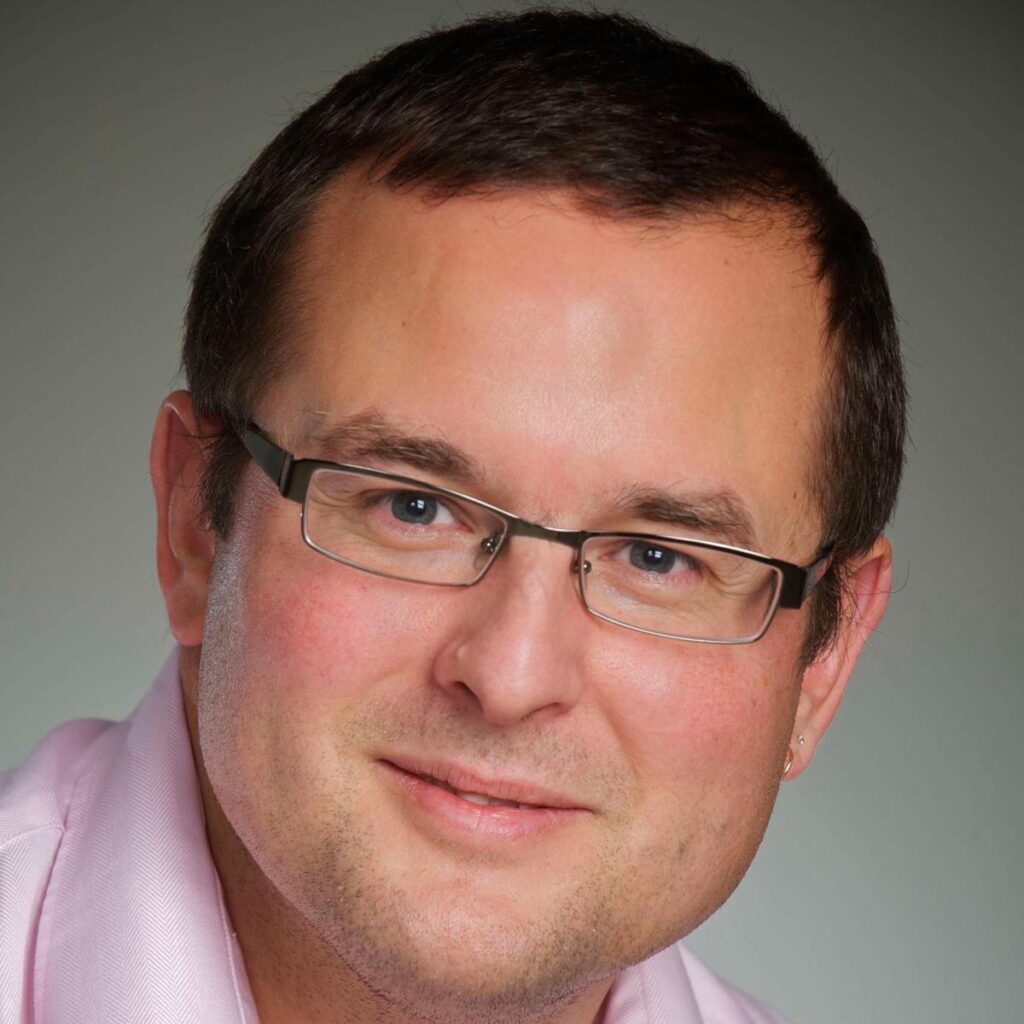
ALEX BROWN
Professor, Department of Chemistry
Research includes theoretical/computational studies of molecular photochemistry and laser control, computational design of small-molecule biofluorophores, photochemistry and photophysics of fluorescent proteins and their chromophores, understanding of novel bonding and structure in inorganic materials, molecular quantum dynamics (using MCTDH), and optimal control theory for laser control.
Webpage
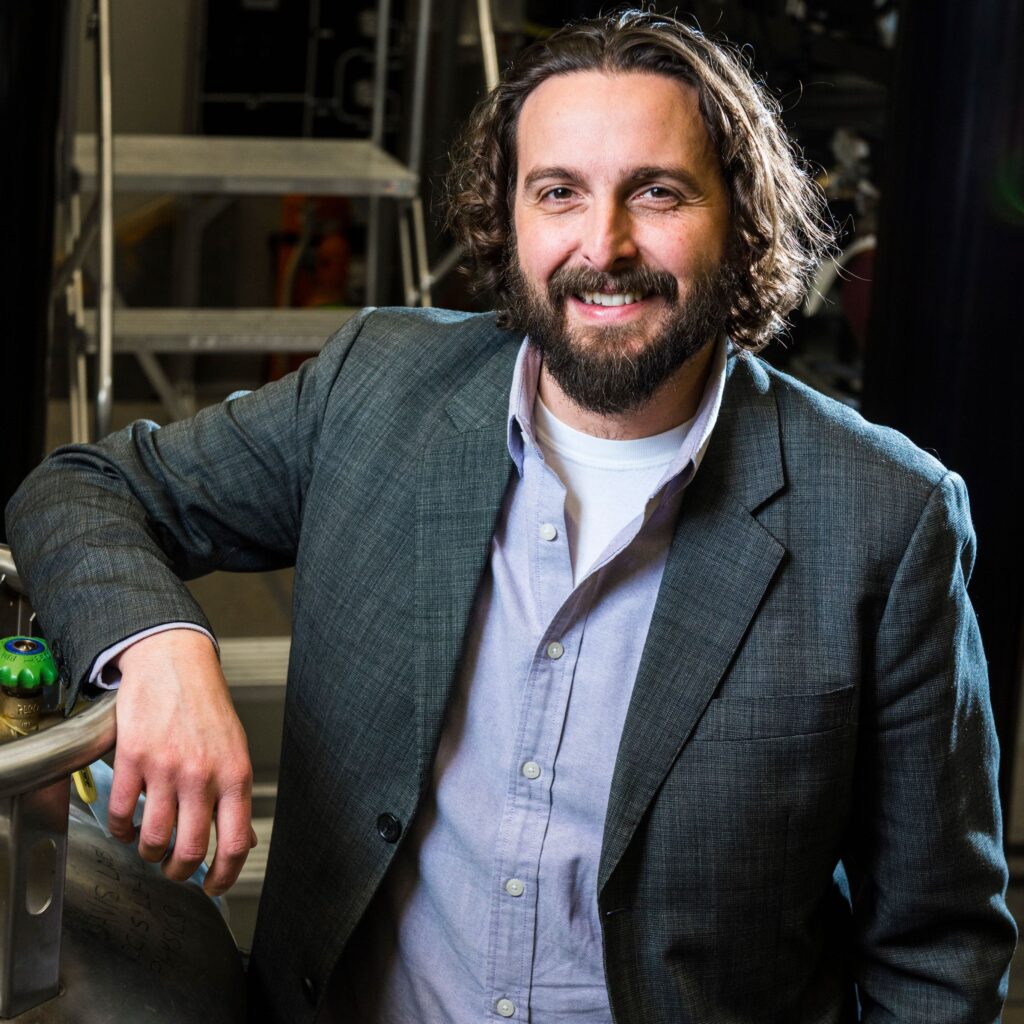
JOHN DAVIS
Professor, Department of Physics
Our research focuses on large scale quantum objects, in particular nanomechanical objects at low temperatures and superfluids in restricted geometries. This work combines precision nanofabrication, cryogenics, optomechanics, and quantum measurement protocols. We are also interested in putting these devices to good use, especially in future quantum technologies.
Webpage
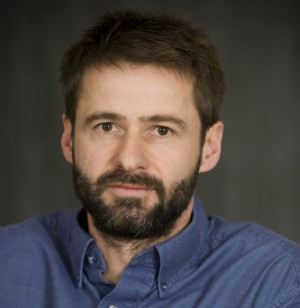
RAY DECORBY
Professor, Department of Electrical & Computer Engineering
My research involves the design and fabrication of microphotonic devices, with a view towards integration of optical devices on silicon electronics platforms. The long term goal is the monolithic integration of complex optical functionalities (light sources, detectors, spectrometers, amplifiers etc.) with silicon CMOS, microfluidic, and MEMs circuitry. To date, the work is mainly concerned with the development of new optical materials, new microfabrication processes, and new optical devices.

ROBERT FEDOSEJEVS
Professor, Department of Electrical & Computer Engineering
Research interests include high power and ultrashort laser development, laser-plasma interactions and applications in sensing, materials processing and laser fusion energy. We have studied a number of high temperature plasma phenomena from x-ray generation to MeV particle acceleration. We are now studying nonlinear High Harmonic Generation with high power femtosecond pulses for applications in XUV probing of matter. Recently we have started investigating techniques for the generation and application of high power Orbital Angular Momentum (OAM) modes and their interaction with matter. We are also part of an international consortium proposing ultra-high power laser experiments to measure the photon-photon scattering cross-section to validate the predictions of quantum Electrodynamics.
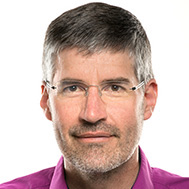
MARK FREEMAN
Professor, Department of Physics
Our group strives to elucidate the physics of nanomagnetic and nanomechanical systems, through the development and application of sensitive measurements of individual nanostructures (ultrafast optical microscopy, scanning tunneling microscopy, nanomechanical magnetometry). Advanced nanofabrication methods are used to create the nanosystems.
Webpage

BEHRAD GHOLIPOUR
Assistant Professor, Department of Electrical & Computer Engineering
Dr Behrad Gholipour established and leads the Alberta Metal-Chalcogenide Manufacturing Facility (AM2F) and the Nanoscale Optics Lab (www.nanoscaleoptics.com). He is widely recognized for his seminal work in the design and manufacturing of reconfigurable nanoscale free-space and integrated optoelectronic devices using chalcogenide and perovskite semiconductors.
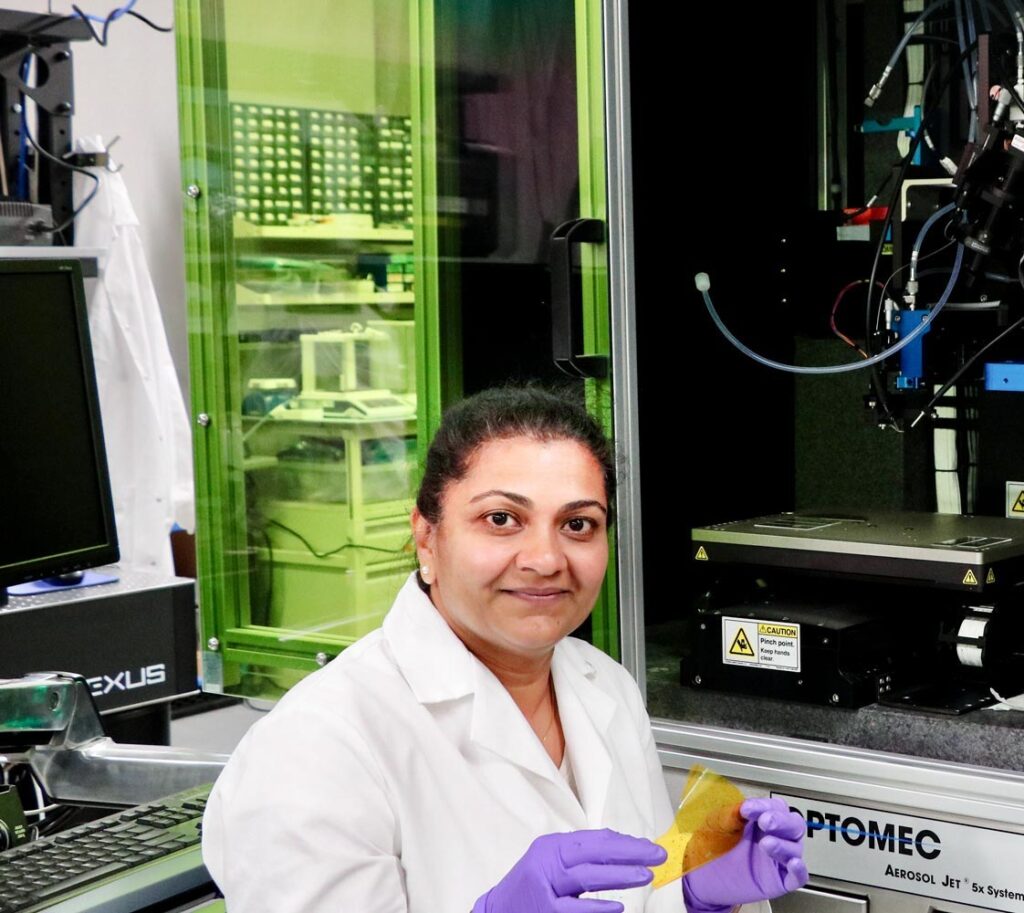
MANISHA GUPTA
Associate Professor, Department of Electrical & Computer Engineering
Dr. Manisha Gupta specializes in biosensors for bio wearables and point of care sensing. In addition, she also conducts research in the area of 2D materials which includes density functional theory to understand the material properties, growth of large 2D materials for optical, electronic and biosensing applications.

FRANK HEGMANN
Professor, Department of Physics
We use femtosecond laser sources and nanoprobe instruments to explore ultrafast nanoscale quantum dynamics in materials. Our main experimental tools are time-resolved terahertz pulse spectroscopy of nanomaterial systems and ultrafast terahertz scanning tunneling microscopy (THz-STM) that enables direct imaging of sub-picosecond dynamics down to the atomic scale. Our lab has expertise in ultrafast phenomena of quantum materials, terahertz science and technology, ultrafast scanning tunneling microscopy, ultrafast optics and photonics, and nanophysics.
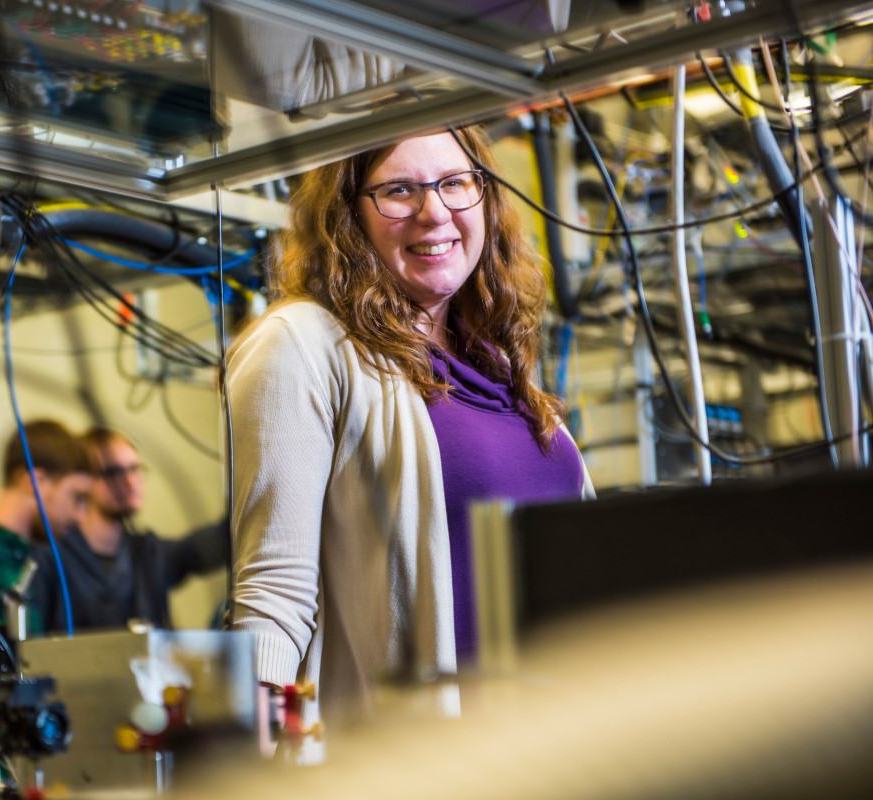
LINDSAY LEBLANC
Associate Professor, Department of Physics
Quantum gases of ultracold atoms are well-suited to address fundamental quantum physics questions, using established atomic physics techniques for control, manipulation, and measurement. Through a combination of laser cooling, optical trapping, and magnetic field control, we can engineer systems that mimic other physical systems, especially those found in condensed matter, and use the principles of quantum simulation to study phenomena that might otherwise be difficult or impossible to explore.
Ultracold@UAlberta
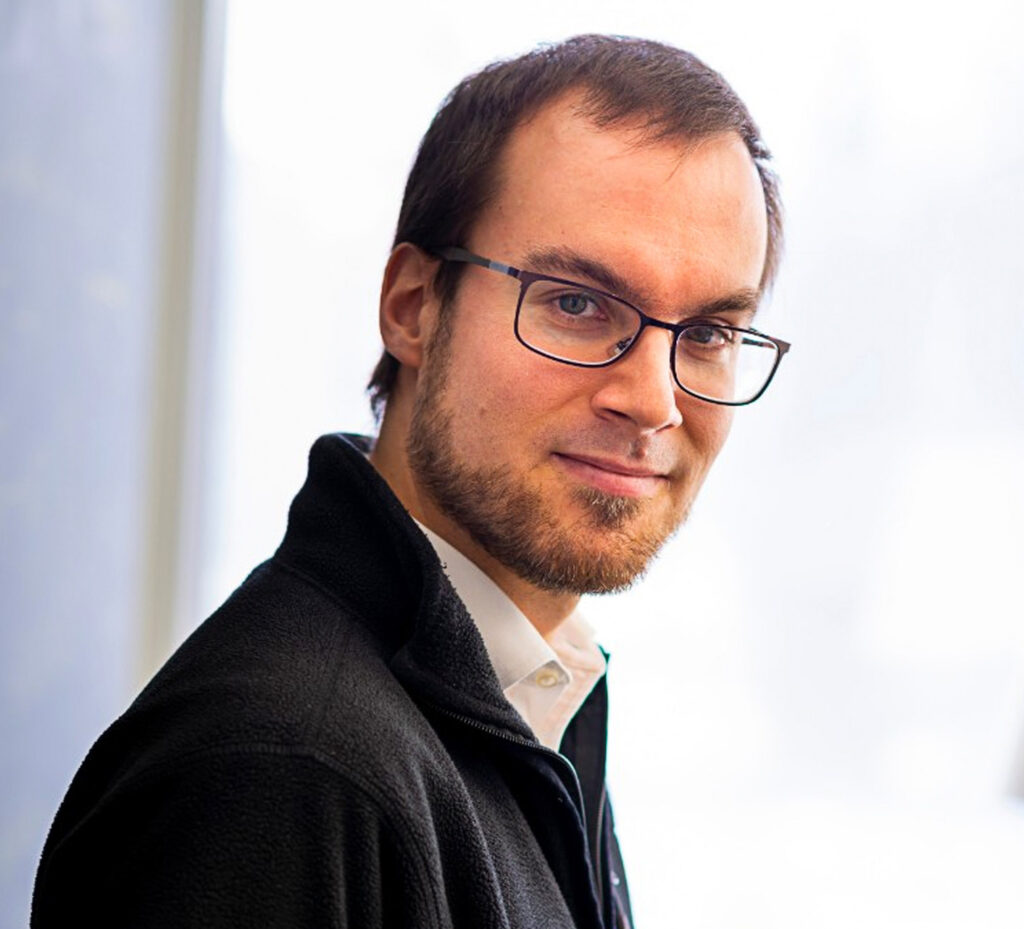
JOSEPH MACIEJKO
Associate Professor, Department of Physics
Expertise includes theoretical condensed matter physics, such as emergent phenomena in quantum many-body systems, topological phases of matter including topological insulators, superconductors, and superfluids, topological semimetals, quantum Hall liquids and spin liquids, quantum transport in low-dimensional systems and semiconductor physics, fractionalization and strongly correlated systems, field theories of many-body systems and connections between condensed matter physics and high-energy physics.
Webpage

FRANK MARSIGLIO
Professor, Department of Physics
Expertise in theory of high-temperature superconductivity, polaron physics nanoscale, superconductivity, strong electron correlations in solids, the electron-phonon interaction in solids, and spin current-induced spin-flip interactions.
Webpage
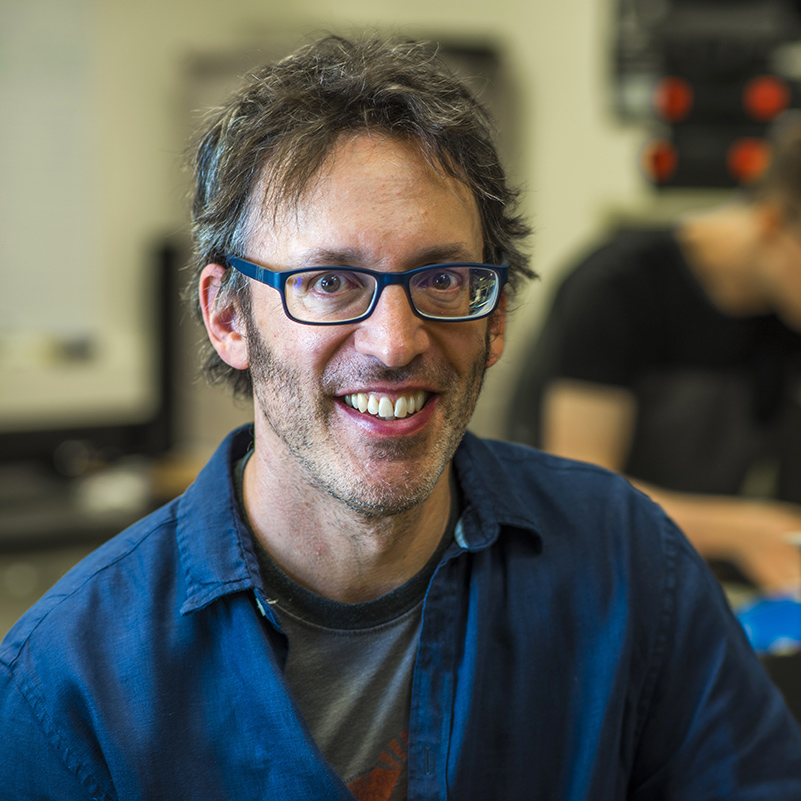
AL MELDRUM
Professor, Department of Physics
Research includes microfluidics light emitting polymers, greenhouse gas sensors, microlasers and sensors, and fluorescence microscopy and spectroscopy.
Webpage
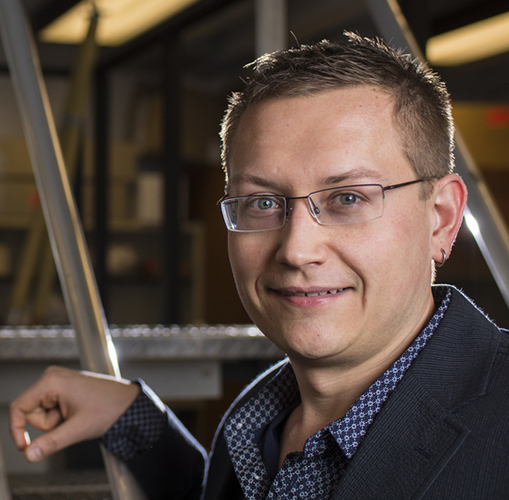
VLADIMIR MICHAELIS
Associate Professor, Department of Physics
Research interests in our group involves the structural study of next generation inorganic and bioinorganic ordered and disordered materials. A pillar of our research program is solid-state nuclear magnetic resonance (SSNMR) spectroscopy, which is used to address and determine the structure and dynamics present in hard and soft materials. Current research topics include phosphosilicate glass-ceramics, phosphate minerals, microporous materials and organic-inorganic photovoltaic cells.
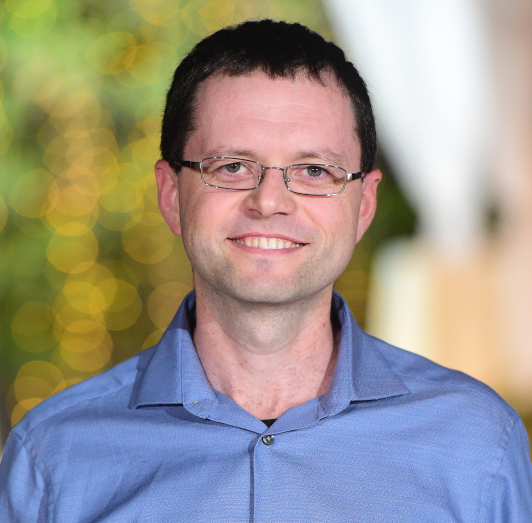
GIL PORAT
Assistant Professor, Department of Electrical & Computer Engineering
We study laser physics, ultrafast and nonlinear optics, laser-matter interaction and atomic physics, and how to apply these fields to developing novel quantum technologies and exploring fundamental physics. A main thrust of our lab is the development of quantum technology based on nuclear spins in noble gases – quantum systems with coherence time of many hours at room temperature.
Webpage

SANDIPAN PRAMANIK
Professor, Department of Electrical & Computer Engineering
Spintronics is a sub-area under solid-state electronics, which aims to control the spins of electron (instead or in addition to its charge) to realize data storage or information processing functions. Our research in recent years falls under the following three areas: chirality-induced spin selectivity, organic spintronics, and 2D magneto-electronics
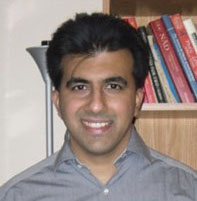
KARTIK SHANKAR
Professor, Department of Electrical & Computer Engineering
Dr. Shankar’s research interests include the growth of nanotube and nanowire arrays in inorganic and organic semiconductors; the characterization of the optoelectronic properties of nanoscale materials; and the use of nanostructured materials to improve the performance of photovoltaic devices, thin film transistors and light emitting diodes. He is also interested in excitonics; colloidal quantum dots, quantum wires and π-conjugated molecules are excitonic semiconductors, due to which the understanding and control of excitonic creation and annihilation, migration, delocalization, coherence and dissociation are of fundamental importance.

YING TSUI
Professor, Department of Electrical & Computer Engineering
Dr. Tsui is interested in the interaction of electromagnetic waves with matter. His research is mainly focused on the fundamental understanding of the interaction of optical radiation with matter as well as the development of several photonic applications. In addition, he is also interested in the interaction of electromagnetic waves with matter at other frequencies including x-ray and THz. Currently, he is using ultrafast pump-probe techniques to gain fundamental understanding of Warm Dense Matter and High Energy Density Matter and uses the knowledge for applications including laser materials processing and inertial confinement fusion. He is also applying laser light scattering techniques to study complex materials and focuses on environmental and biomedical applications.
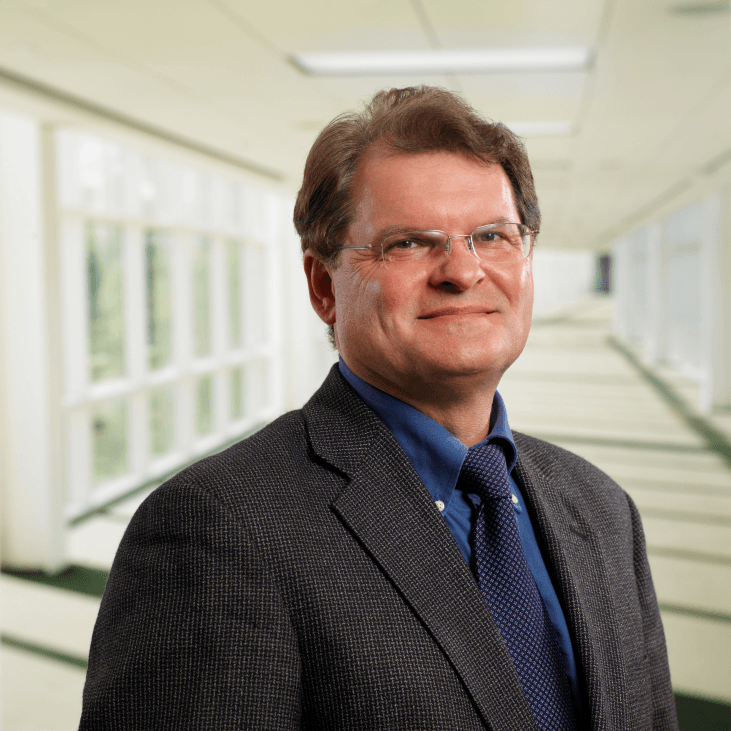
JACK TUSZYNSKI
Professor, Department of Physics
Collective dynamics of cellular proteins, rational drug design for cancer chemotherapy, nonlinear models of pharmacokinetic processes
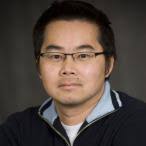
VIEN VAN
Professor, Department of Electrical & Computer Engineering
Dr. Van’s research interests include the design, simulation and fabrication of micro and nanophotonic devices and their applications in fibre optics communication, optical signal processing and optical sensing. Current research includes silicon photonics, nonlinear integrated optics, and nanoplasmonics

JONATHAN VEINOT
Professor, Department of Chemistry
Research interests of the Veinot Group lie within the scope Nanotechnology and Organic Optoelectronics. Members of the Veinot Research Teams are exposed to all areas of inorganic, organic, organometallic, and polymer chemistry while gaining expertise in the techniques and principles of physics, engineering, materials science, and biology. In addition, team members will have significant opportunity to participate in international collaborations, use facilities of the NRC Nanotechnology Research Centre and The Canadian Light Source.
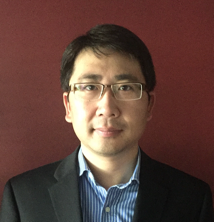
XIHUA WANG
Associate Professor, Department of Electrical & Computer Engineering
My current research is centered in the general areas of solid-state electronics and photonics with particular attention to apply nanomaterials and micro-/nano-fabrication for next-generation electronic, photonic, and optoelectronic devices. The research projects include design, fabrication, and characterization of colloidal quantum dot (CQD) and cellulose nanocrystal (CNC) based electronic and photonic devices, as well as micro-/nanostructured devices for sensing and energy harvesting.
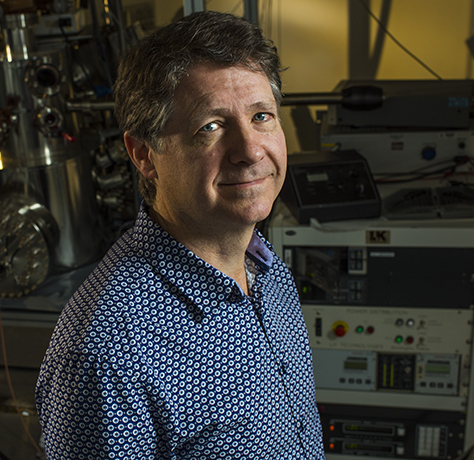
ROBERT WOLKOW
Professor, Department of Physics
Our main building block is the silicon dangling bond on a H-terminated silicon surface, which we have shown acts as a quantum dot. Precise assemblies of such dots can be created to form artificial molecules. Such ensembles can have custom optical properties, can serve as circuit elements for quantum-dot cellular automata, and, we suspect, can play a role in quantum computing.
Webpage
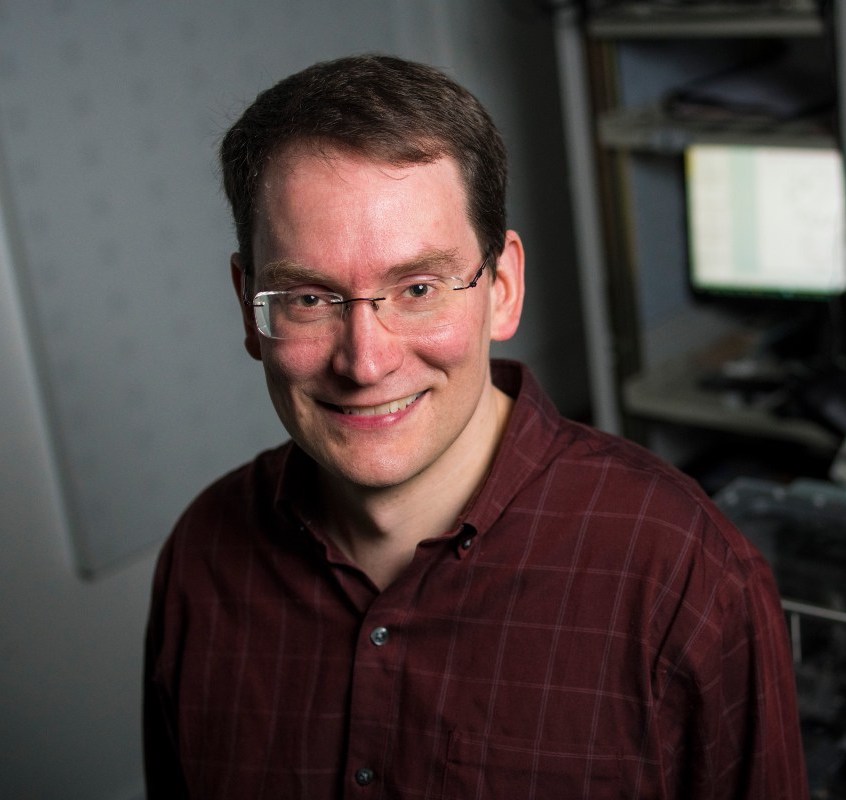
MICHAEL WOODSIDE
Professor, Department of Physics
Protein folding, misfolding and aggregation; RNA folding and function; misfolding diseases; single-molecule approaches to biology
Webpage
